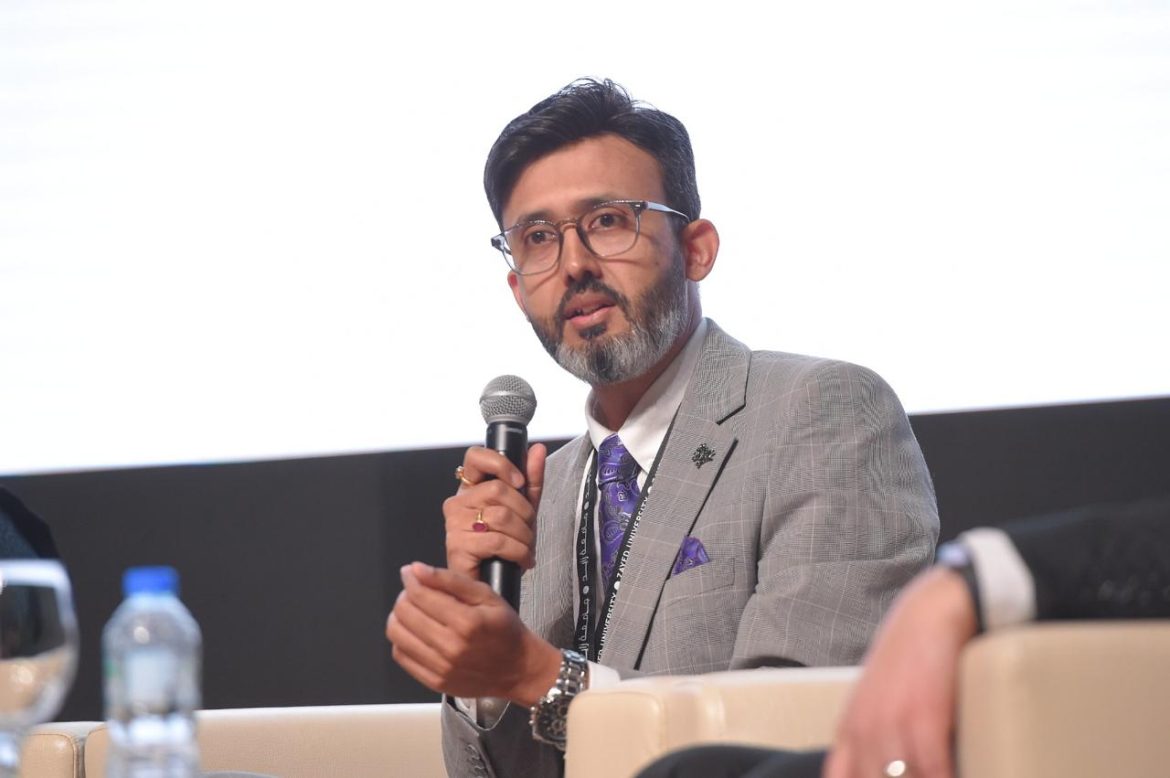Universities today are doing a commendable job of covering topics like climate change, carbon emissions, biodiversity, and green energy. But here’s the problem: knowledge isn’t enough. When students step into the workforce, their biggest hurdle isn’t what they know; it’s how they communicate it.
Many young professionals can explain a lifecycle analysis or Environmental, Social, and Governance (ESG) report in class, but freeze when they have to pitch it to a manager, translate it for a client, or convince a skeptical audience. This communication gap doesn’t just fall flat; it causes confusion, weakens trust, and leaves room for greenwashing.
The communication gap is real and growing
Sustainability is as much about people as it is about policy or metrics. If your audience doesn’t get the message, the mission fails. The gap lies in universities that equip students with technical knowledge but rarely teach them to communicate it effectively in the workplace. Most graduates can explain emissions scopes or carbon accounting in theory, but struggle to translate that into clear, compelling communication for clients, stakeholders, or the media.
According to LinkedIn’s 2023 Global Green Skills Report, while demand for green jobs is booming, communication, especially around ESG (Environmental, Social, and Governance) remains one of the most sought-after and underdeveloped skills. What’s missing isn’t knowledge. The real gap lies in the ability to translate technical knowledge into messages that resonate, persuade, and drive action.
How universities can close the gap
It’s time to embed communication into the heart of sustainability education. Here’s what that looks like:
- Teach storytelling, not just spreadsheets: Help students practise turning complex data into narratives that matter via reports, pitches, campaigns, or social posts
- Bring the boardroom to the classroom: Invite ESG professionals to co-teach, simulate real-world briefs, and show what success looks like in practice
- Rethink exams: Evaluate students on what they’ll actually be doing, writing stakeholder updates, planning responses to real-time issues, or designing green strategies that persuade
Make it real with internships
Learning sticks when it’s lived. Internships immerse students in real-world challenges, tight deadlines, cross-functional teams, and the task of making sustainability matter. Across the UAE and MENA, more companies are embracing student partnerships. UNESCO-UNEVOC affirms: work-integrated learning doesn’t just prepare students, it transforms them.
Short-form ESG credentials, like climate risk or sustainability reporting, are also rising, bridging academic knowledge with skills employers want. Graduation isn’t the finish line – it’s the starting gate. Many professionals still struggle to speak confidently about ESG, not from apathy, but because no one taught them how.
Companies can help by:
- Blending ESG into every department: Sustainability isn’t a side desk; it belongs in finance, operations, comms, and C-suite strategy.
- Offering practical comms training: From workshops to mentoring, help new hires sharpen how they pitch ideas and write updates
- Creating space to ask: “What does this mean?” A culture that encourages curiosity fuels long-term confidence.
Practice creates clarity
Law students argue mock trials. Engineers do lab simulations. So why not let sustainability students rehearse writing press releases, decoding ESG ratings, or responding to climate crises? This isn’t just preparation, it’s empowerment. It gives them the tools to lead, not just follow.
The way forward
We don’t need to abandon academic rigour; we just need to pair it with practicality. Communication shouldn’t be seen as fluff; it should be taught as a leadership skill. Because real impact comes when knowledge moves when it informs decisions, influences people, and earns trust.
We need a new kind of sustainability graduate – one who not only understands the science but can spark action with it. That’s the difference between having answers and making them matter.
But this isn’t just the university’s job – it’s a shared responsibility:
- Countries must embed sustainability communication into national education strategies to create globally ready graduates.
- Cities must foster collaboration between academia, business, and civil society to keep learning relevant and applied.
- Citizens, from educators to parents to professionals, must model clear, ethical communication – because every conversation counts, whether with a child, a colleague, or a community.
Together, we can close the gap between knowing and doing and build a future where knowledge doesn’t just stay in textbooks, but drives real change.
By Dr. Ravi Chatterjee, Head of Academics and HoD – Management at Symbiosis Dubai, with a PhD in Finance and deep expertise in banking, credit risk, and analytics.




